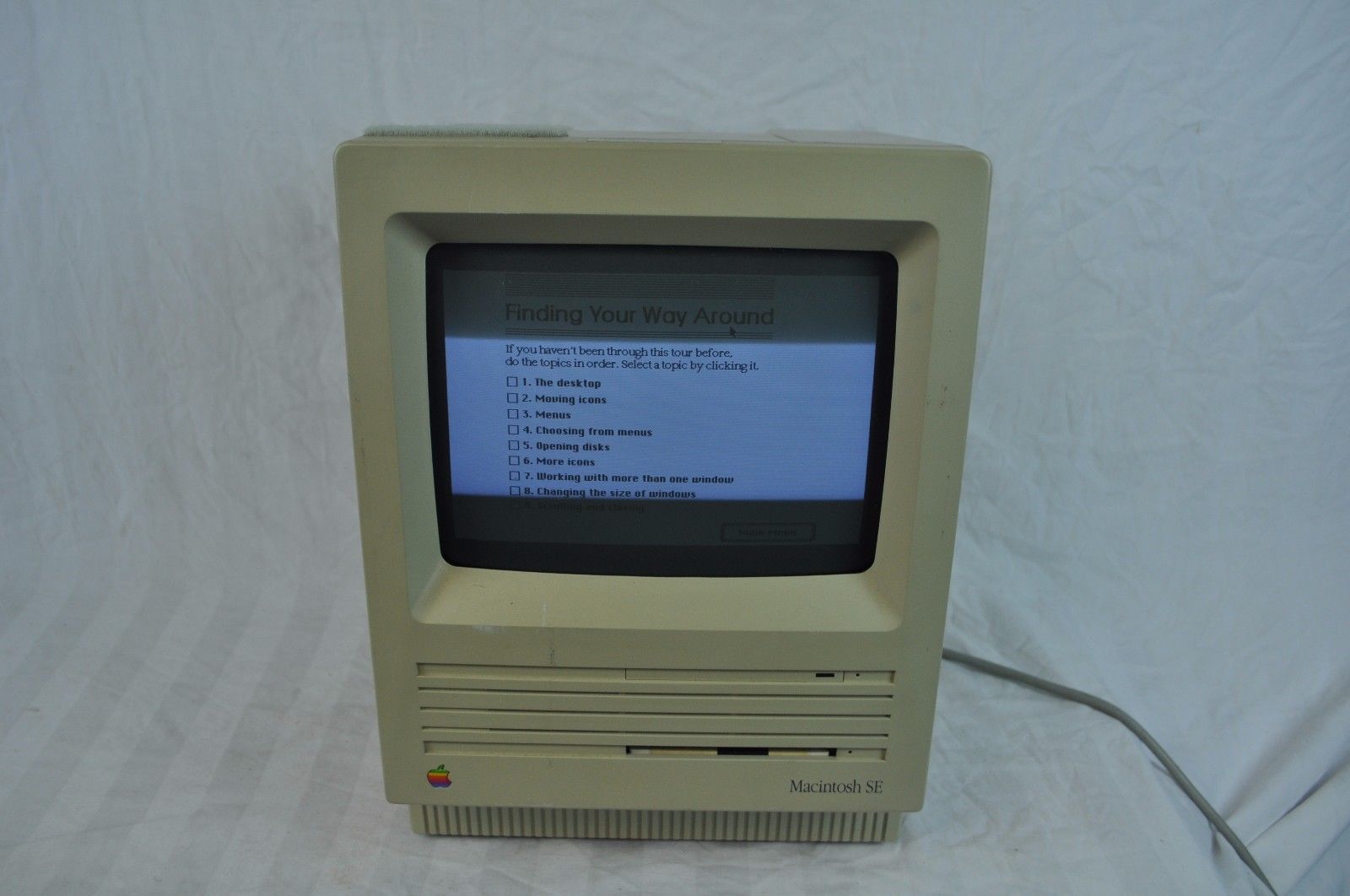


Extreme danger to face, eyes, bleeding.VERY bad. Glass shards are thrown many meters as shrapnel. Striking a CRT can break the glass, causing a serious implosion. In servicing we may have to defeat interlocks and remove such shields. 3/ CRTs are large vacuum vessels designed to be in a TV or scope with safety shields and safety bezel. 1/ classes of HV, with different hazards: Mains freq transformer raw PS with large filter caps High freq (flyback) transformer with voltage mult or rect, small caps (most CRT) DC HV at the CRT leads 2/ Shock damage is often collateral: Your hand touched the CRT Ultor anode connection, hand and arm are shocked, your sudden motion throws you to the floor or hand hits the CRT (see below) Certainty shock effect its unpredictable as some are more susceptible (moist skin? Pacemaker?, Elderly? Standing with thick rubber shoes or barefoot on concrete that's wet?)).

The high voltage in the CRT is only one of the conditions that needs to occur for a lethal event.īonjour a tous: Just notice this thread now, late to respond.For decades I had designed and manufactured special purpose magnetics, HV modules, CRT display drivers and HVPS. The reason I am still able to type this in spite of those potentially deadly incidents is a combination of things including relatively high resistance in the ground path from non-conducting floors and relatively non-conducting shoes, high skin resistance because of dry air and personal genetics, good heart health, relatively low energy in the circuits because of intelligent design and a number of other factors. For a personal anecdote, I generally used the one hand in a pocket rule, attempted to safely discharge capacitors and probed with extreme caution, but still had a couple of oops moments. Just as with tall buildings the potential is there, but a combination of widely used safety features and widely known usage precautions results in relatively little mayhem. Designers, manufacturers, technicians and hobby people worked on CRTs very frequently, and only very infrequently were injured or killed. But large numbers of people use and occupy such buildings and the deaths from those buildings are dominated by suicides. And convince yourself that buildings over 20 stories are just incredibly dangerous. You could even roughly equate one story with 24 V. Any building over two stories is potentially lethal. But perhaps the best analogy is tall buildings.

There is no question that those CRTs and their drive voltages were potentially lethal.


 0 kommentar(er)
0 kommentar(er)
